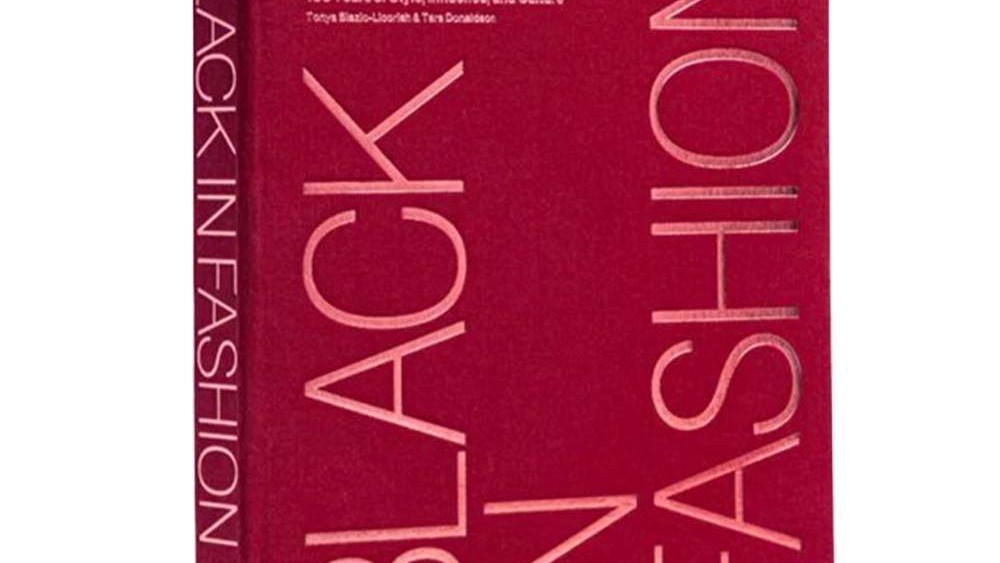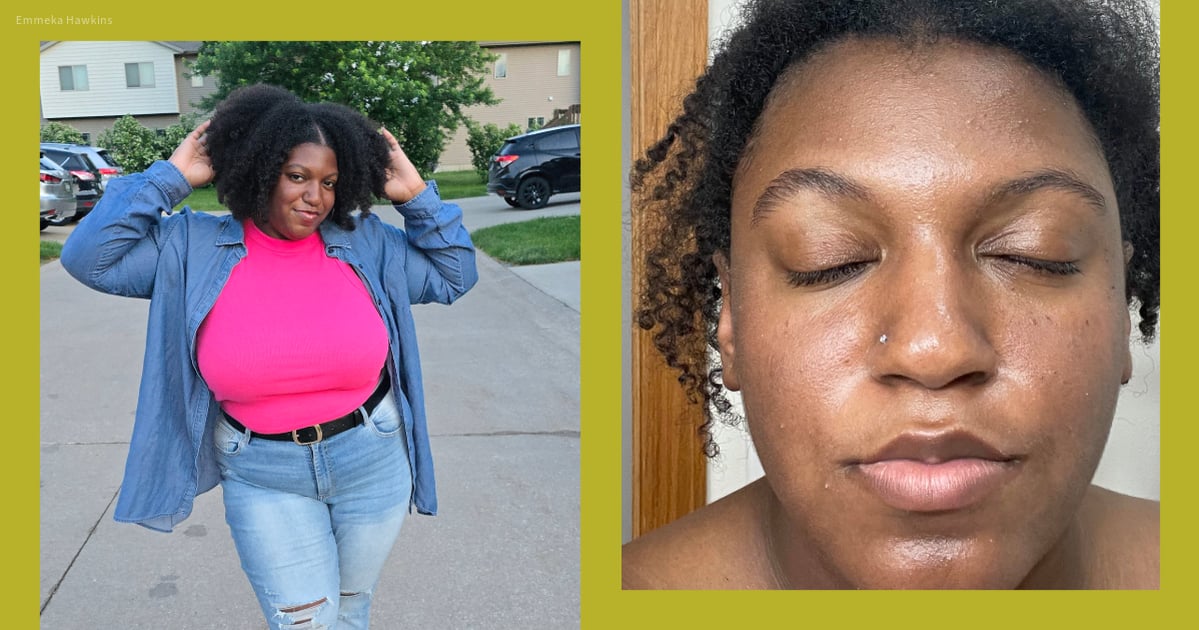A VITAL HISTORY: A standing-room-only audience crowded into the back room of the Rizzoli bookstore on Broadway in Manhattan on Friday night to hear a discussion of WWD‘s new book, “Black in Fashion,” between designer Jeffrey Banks and Tonya Blazio-Licorish, archives editor of WWD parent Penske Media Corp., who cowrote the tome with former WWD executive editor Tara Donaldson. The crowd of more than 100 people included designers Byron Lars and Kevan Hall, model Alva Chinn and former WWD illustrator Glenn Tunstall.
Blazio-Licorish began the discussion by stressing that the book, published by Union Square & Co., is “a document of a document” — in other words, it traces the history of Black fashion and culture strictly through the pages of WWD. But she stressed how extensive WWD’s coverage has been almost since it began publishing in 1910. She gave numerous examples of how WWD spotlighted Black designers or cultural figures, often almost before anyone else. For instance, she pointed to a WWD review of the Broadway play “Shuffle Along,” which pointed to how a young actress with a walk-on part was sure to become a major star. The actress’ name was Josephine Baker, and WWD would chronicle her career for decades, including the impact she had on fashion and the products that were introduced bearing her name. “She was a brand,” Blazio-Licorish said.
Banks and Blazio-Licorish discussed the careers of numerous Black designers, from Ann Lowe to Georg Olden, Willi Smith and Patrick Kelly to Stephen Burrows. Blazio-Licorish pointed out how WWD covered them all, and also often reported on issues of major cultural significance. For instance, the newspaper in the 1960s repeatedly ran stories questioning why there were no Black mannequins in department store windows — until eventually Bergdorf Goodman became the first store to feature one. She said WWD covered these issues through the lens of its reporting on the business of fashion and retail, and both she and Banks stressed that young designers have to remember that. “Fashion is a business,” Banks said. “It can at times approach art, but it is a business.”
You May Also Like
In conclusion, both Blazio-Licorish and Banks said the book represents a vital record of the history of Black designers and cultural figures, given how WWD was there throughout. One audience member suggested it should be made into a documentary film given the importance of the subject. Banks said it is important for designers — and people in general — to look back to history “since if you don’t look back, you can’t move forward.”
“Black in Fashion” is now available online and at major retailers.



